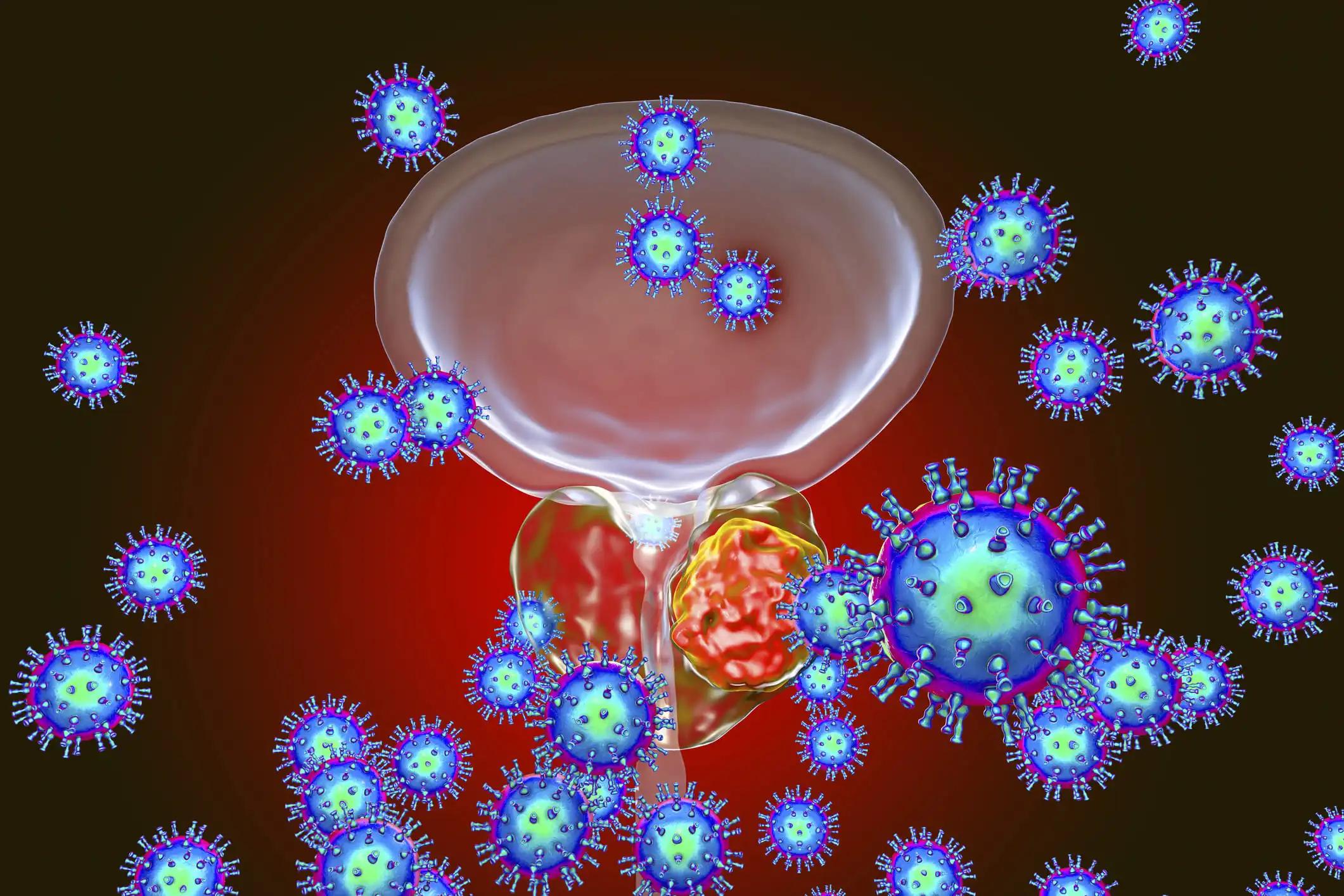KEY TAKEAWAYS
- The early phase 1 aimed to investigate the utility of PSMA-based PET/CT imaging using [18F]DCFPyL as a biomarker for assessing AR signaling in newly diagnosed PCa patients.
- Researchers noticed a high concordance rate between post-nADT PSMA scans and biopsies, suggesting the potential clinical utility of PSMA scans as prognostic biomarkers for disease status evaluation post-nADT in PCa patients.
In this prospective, nonrandomized, pilot imaging study, Keara English and the team aimed to evaluate prostate-specific membrane antigen (PSMA), [18F]DCFPyL (DCFPyL), as a PET/CT imaging biomarker of androgen receptor (AR) signaling in newly diagnosed prostate cancer (PCa).
Researchers performed an inclusive analysis, enrolling 23 men with treatment-naïve, newly diagnosed high-risk prostate cancer. Patients underwent DCFPyL PET/CT imaging and MRI/ultrasound fusion-guided prostate biopsy before and after 2-3 months of nADT (LHRH agonist and anti-androgen), followed by definitive IMRT.
The total number of lesions, lesion location, maximum standardized tumor uptake value (SUVmax), PSA, and changes in those variables between baseline and follow-up scans were measured. Concordance between biopsy pathology results and PSMA imaging parameters before and after ADT was evaluated.
About 3 patients were excluded after baseline PET/CT due to high-burden metastases, small cell histology, and declining to proceed further. 20 patients remained for evaluation. At baseline, 19/20 and 8/20 had at least 1 avid intraprostatic and extraprostatic lesion, respectively, with a total of 50 lesions (28 prostate, 19 nodal, 3 bone); median intraprostatic and extraprostatic SUVmax were respectively 9.6 (range: 3.3-56.8) and 7.0 (range: 2.3-61.9).
Post-nADT scans revealed 32 lesions (19 prostate, 11 nodes, 2 bone); median intraprostatic and extraprostatic SUVmax decreased respectively to 4.1 (range 1.9-27.8) and 3.2 (range: 1.7-8.9). 3/19 (15.8%) of the patients demonstrated complete uptake resolution of the avid intraprostatic foci, 15/19 (78.9%) showed decreased uptake (58.3% median decrease in SUVmax), and 1/19 (5.26%) showed increased SUVmax.
Of the 8 patients with extraprostatic lesions, 2/8 (25%) demonstrated complete uptake resolution, 5/8 (62.5%) showed partially decreased uptake (66.67% median decrease in SUVmax), and 1/8 (12.5%) showed increased SUVmax and 1 of the same patient still had 2 lesions, for a total of 13 intraprostatic target lesions. Regarding concordance between pathologic results and PSMA imaging response pre- and post-nADT, 14/19 (73%) had biopsies fully concordant with PSMA scan (i.e. residual tumor and residual PET avidity), 4/19 (21%) had biopsies mostly concordant with the scan (i.e. complete pathologic response with partial PET response or vice versa), and 1/19 (5%) had a biopsy discordant with the PSMA scan (i.e. no pathology response, but the complete response on PSMA).
The study concluded that post-nADT PET detected fewer PSMA-positive lesions with overall decreased or resolved tumor uptake, except for 2 separate patients with increased intra – and extraprostatic uptake. Additionally, 95% of post-nADT PSMA scans were fully or mostly concordant with post-nADT biopsies, suggesting that PSMA scans may be a clinically useful, prognostic imaging biomarker for disease status evaluation post-nADT.
The study was sponsored by the Sidney Kimmel Comprehensive Cancer Center at Johns Hopkins
Source: https://meetings.asco.org/abstracts-presentations/230390
Clinical Trial: https://clinicaltrials.gov/study/NCT02420977
English K, Deville C, Anabaraonye N, et al. (2024). “PSMA-based PET as an imaging biomarker of androgen receptor signaling in high-risk localized and locally advanced prostate cancer (PCa).” Presented At ASCO- GU 2024 (Abstract 341).



